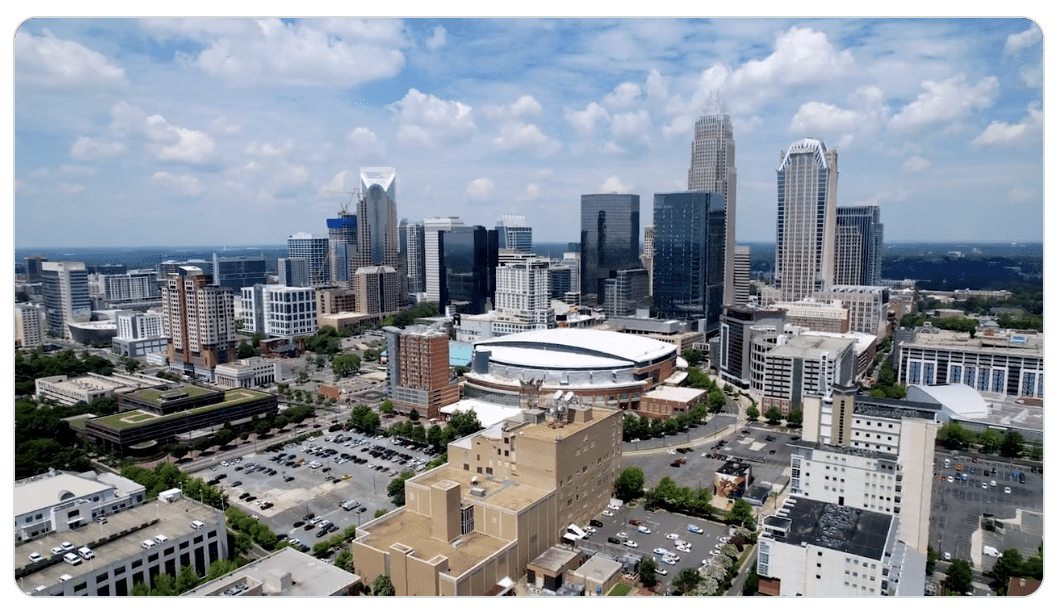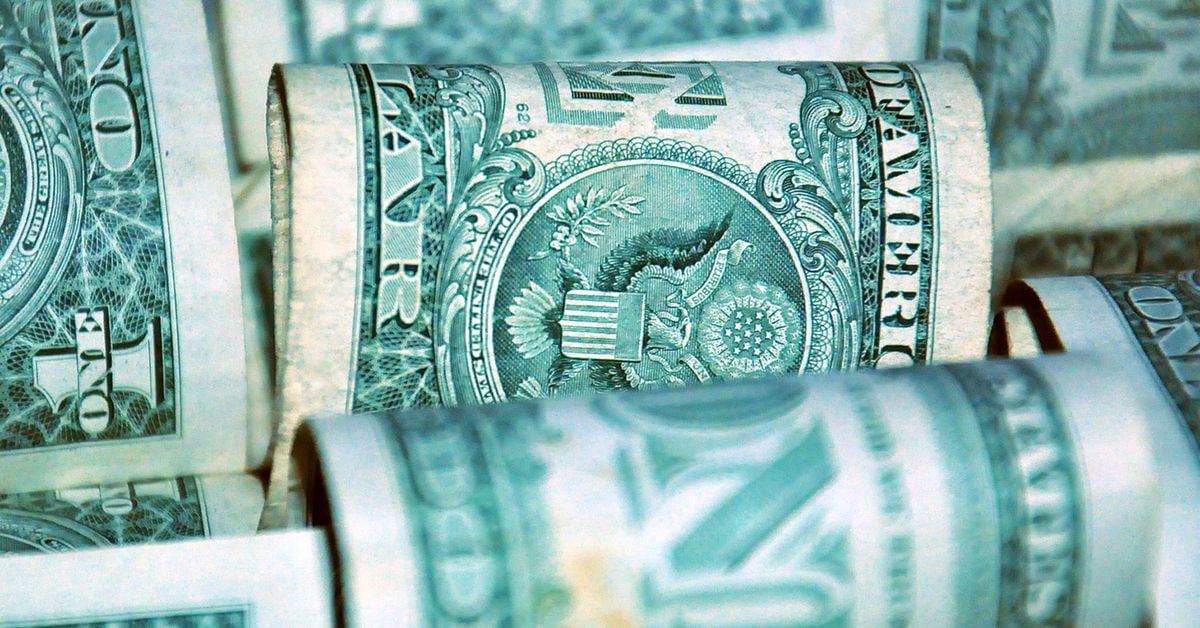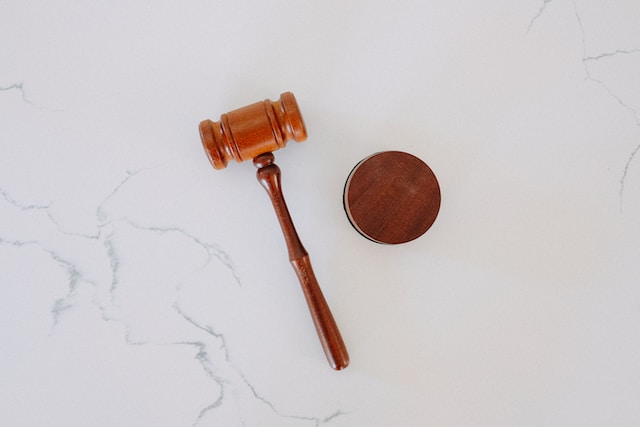Monday, Oct. 9, 2023 | 2 a.m.
The SAT and ACT are losing stature as demand rises for less biased and more holistic appraisals of applicants by the nation’s most prestigious campuses. Colleges are placing more faith in counselor recommendations, student essays, extracurriculars and internships to evaluate applicants.
More than 2,000 colleges and universities no longer require applicants to submit an ACT or SAT score, but are we replacing one set of biased admission criteria with another?
“When you say the SAT is biased, everything else in the admissions process is worse,” said Harvard economist Susan Dynarski, who calls herself a lonely voice in education graduate schools with qualms about discarding test scores.
The standard rebuke of the ACT and SAT is that they better predict family income than college success. And it is true that teens from affluent households post higher scores on admissions exams, often as a result of a stronger K-12 underpinning and extensive test prep classes.
But research is finding that holistic evaluations also favor wealthier kids who often work with private college consultants to enhance their applications and chances of admissions. These teens may attend prep schools where counselors maintain close relations with elite campuses and lobby on a student’s behalf. There is more staff dedicated to writing persuasive recommendation letters. Affluent teens can also tap into community, school and parent networks to intern while in high school or create a charity to collect toys for refugee children.
“If we take out the SAT, we are now weighting it toward the other things — the letters of recommendation, the internship I had at The New York Times in the summer of my sophomore year. All this stuff is even more biased,” said Dynarski on a recent online seminar sponsored by the Harvard Graduate School of Education.
While the Supreme Court outlawed affirmative action based on race, colleges can still offer a leg up to legacy applicants whose parents or grandparents attended the school. That means less access for low-income kids for whom an Ivy League education can be life-changing.
Also on the seminar was Harvard’s Raj Chetty, who studies opportunity and intergenerational mobility. His research shows students from the highest-income households are far more likely than lower-income and middle-class peers with the same academic credentials to get into the country’s 12 most elite private colleges. These influential campuses produced 71% of Supreme Court justices in the recent era and 25% of current U.S. senators, he said.
Chetty found that acceptance rates among the wealthiest students — families making more than $600,000 a year — are enhanced by nonacademic factors, including legacy admissions, athletic recruitment policies and a preference for students from feeder private schools.
The research on outcomes after college shows these nonacademic factors don’t predict or align with success, Chetty said. If America’s gilded colleges eliminate legacies, the tilt toward athletic recruits and the weights for nonacademic ratings, Chetty said, “We can diversify who is leading America and thereby potentially make the American dream accessible to many more.”
Dynarski’s research on education inequality has shown the problem isn’t that lower-income students aren’t applying to Ivy League campuses. “It’s that the Ivies were not admitting them,” she said. College admissions officers complain their hands are tied because they have to fill spots on the lacrosse and rowing teams and in the oboe section of the school orchestra.
“And who plays the oboe and who plays lacrosse is very class-linked in the United States,” she said. “Essentially, we have set aside slots for high-income students, people who have a rowing program at their school, people who have a lacrosse program. We need to use test scores as a way of finding high-achieving, underrepresented kids.”
A writer friend operates a business helping teens craft college application essays. While she doesn’t believe anyone gets into Harvard on a winning essay, she worries that her service advantages the already advantaged. It would be fairer, she suggested, to put the names of all the academically qualified applicants in a pot and randomly pick the new incoming class.
I am starting to agree.
Because I don’t think we can stop rich parents from tipping the scales in favor of their children, as proven by the Operation Varsity Blues scandal. Millionaire actors and CEOs went to jail for paying for faked SAT scores and athletic records to open doors to highly selective colleges. “Full House” actress Lori Loughlin and her fashion designer husband Mossimo Giannulli forked over a half-million dollars for their two daughters to be admitted to the University of Southern California as rowers.
In her 2020 statement to the judge, Loughlin wrote, “I now understand that my decision helped exacerbate existing inequalities in society generally, and the higher education system more specifically.”
The values of America’s elite institutions also heighten inequalities, Dynarski said. “Does the institution value having people from underrepresented groups at the school more than having an oboe player?”
Maureen Downey is a columnist for The Atlanta Journal-Constitution .
















